Echinacea is a perennial herb of the Asteraceae family. The genus Echinacea includes nine species, but the most popular among them is Echinacea Purpurea. The birthplace of echinacea is considered North America and was brought to Europe after colonization. In American steppes, Echinacea was one of the most popular plants used in Indian traditional medicine. Today, Echinacea enjoys a great popularity not only among the people of the United States, but also in Europe.
Echinacea is a light- loving plant that reaches a height of 1 to 1.6 m. The rhizome is horizontal, short and thin with multiple roots. With the aging of plant root, up to 1 cm thick stems of Echinacea are covered with dense hairs are branched in its upper part. Its colorful baskets are big, like daisies and reaching a diameter of about 15 cm, the plant colors are purple, pink and white, have expressed cone drive. The plant blooms for 60 days in July-August.
For therapeutic purposes use the color, stem and roots of Echinacea, which is over two years old. The leaves and flowers are harvested at the stage of full flowering, the roots are removed only after the onset of autumn frost, when the surface part has already died.
Composition of Echinacea
Beneficial properties of Echinacea are due to the still poorly studied substances in Echinacea - ehinolon, ehinatsin B, ehinatsein, ehintsen. The composition of echinacea ha familiar substances such as flavonoids, phenolic compounds, inulin, betanin, phytosterols, and resin acids.
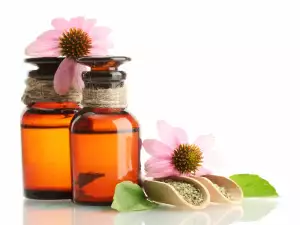
Selection and storage of Echinacea
Only three of the existing nine species of echinacea have beneficial qualities, so if you are not an experienced herbalist, you better not start with the collection of Echinacea. The best option is to buy it from a pharmacy. Store Echinacea in cool and dry areas, well wrapped in the package.
Benefits of Echinacea
Echinacea is a powerful immune stimulator. It affects the production of T cells and enhances the ability of lymphocytes to disarm bacteria. Studies have produced conflicting data regarding antibiotic and antiviral effect of Echinacea. Some studies confirm these effects, others consider them minor and some even deny their existence.
It is believed that these properties depend on the type of Echinacea, which served to extract the extract, as well as the processing technology.
There are unsubstantiated claims that Echinacea has anti-cancer effect. The traditional reception potions of Echinacea extract has been associated with the prevention and alleviation of inflammation and infections occurring in the upper respiratory tract. This means that the herb is primarily used to treat flu and colds.
Echinacea is used to relieve frequent sore throat and ears, acute and chronic bronchitis, the treatment of chronic diseases such as hepatitis and sinusitis. The herb is used in the treatment of rheumatism and arthritis in bruises and fractures in the treatment of infertility, diseases of the male and female reproductive system. Echinacea has effective action in the fight against obesity and dependence on tobacco and alcohol. Reduces levels of stress in the body, enhances memory and improves the efficiency of work.
Echinacea reduces the risk of rhinitis and accelerates wound healing by excessive recumbency, psoriasis, eczema and burns.

Application of Echinacea
Echinacea is used in several forms - juice, tea, tincture and ointment. To get the tincture, you should squeeze the colors of the plant, and the resulting juice is poured in 300 ml of alcohol /spirits/. Allow to stand for 15-20 days in a cool place, then strain. 20-30 drops of the tincture are diluted in a glass of water and drank every day, three times to strengthen the immune system.
The procedure is carried out for two weeks, followed by a week break and continue again. The aqueous solution with a few drops of Echinacea tincture can be used as a douche for vaginitis. The tincture is used for external application for wounds, abscesses and skin infections. For this purpose, impose the affected area with a swab with tincture.
Prepare a tea of Echinacea and steam 1 tablespoon of the flowers of the herb in 500 ml of boiling water. This tea can be drunk prophylactically three times before meals, for 10 days. Gargle with tea is useful in sore throats.
Juice of Echinacea is obtained by chopping fresh colors. Ointment with Echinacea is very easy - melt a pack of butter and add the juice of the plant. The ointment has pronounced regenerative, antibacterial and antifungal properties.
Dangers of Echinacea
Echinacea should not be taken by people suffering from tuberculosis, leukemia, allergies, multiple sclerosis. Pregnant women and small children should also avoid it. The herb should not be drank for more than 10 days without interruption.


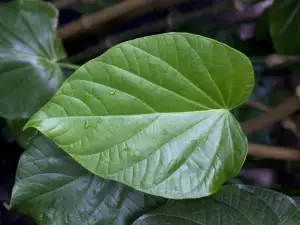
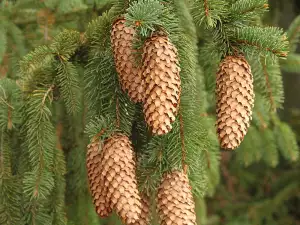
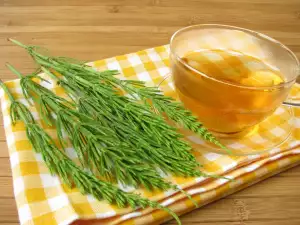
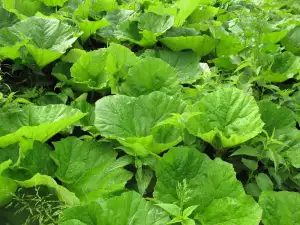
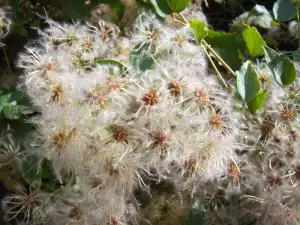


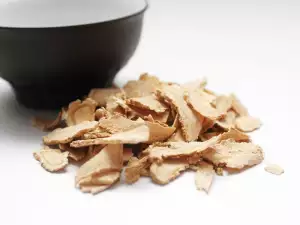

Comments